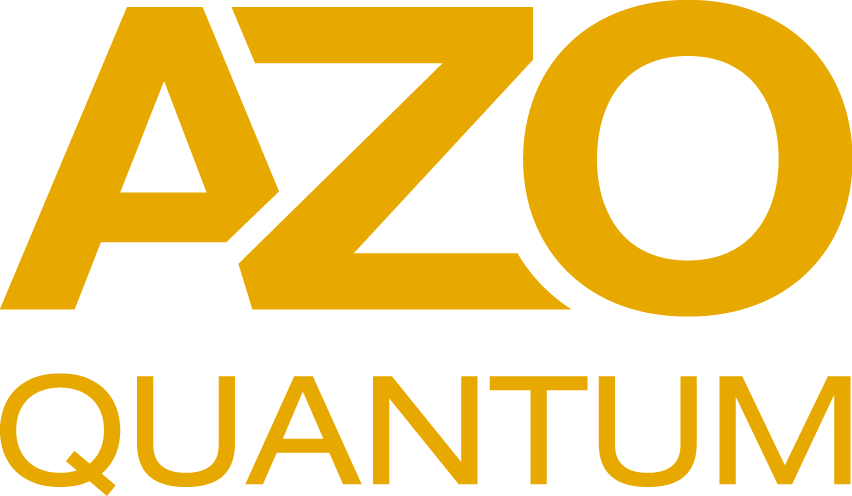Our research shows the critical importance of aligning departmental goals with the organization’s overall strategy to enhance efficiency, foster innovation, and drive long-term success
Key takeaways:
-
-
-
Alignment of goals — Aligning departmental goals with the organization’s overall strategy is crucial for enhancing efficiency, fostering innovation, and driving long-term success.
-
Role of AI — AI can play a pivotal role in achieving this alignment by helping corporate functions define value and align their goals with the organization’s strategy.
-
Top-down approach needed — Successful alignment often requires a top-down approach to AI implementation, ensuring that AI strategies are integrated across the broader enterprise.
In today’s fast-paced and ever-evolving corporate landscape, the alignment of departmental goals with the overarching strategy of the organization is more crucial than ever. This alignment ensures that every in-house function is working towards a common objective, thereby enhancing the overall efficiency, innovation, and success of the organization as a whole.
Additionally, aligning departmental goals with the organization’s strategy also can eliminate the perception that certain corporate functions are merely cost centers, according to Thomson Reuters recently published 2025 Future of Professionals report. Indeed, many corporate functions — especially in areas like legal, risk, tax, and trade — are often seen as misaligned with the organization’s overall goals, which can lead to inefficiencies and a lack of strategic contribution from these departments.
Today, corporate leaders are under immense pressure to demonstrate how various functions contribute strategically to the value of the business rather than just managing costs. This urgency is also driven by the understanding that companies are navigating unprecedented regulatory and geopolitical complexity in the current environment, which really underscores the need for new ways to address this situation.
In today’s fast-paced and ever-evolving corporate landscape, the alignment of departmental goals with the overarching strategy of the organization is more crucial than ever.
Increasingly, in-house function leaders are looking to AI tools and solutions to find a way to bridge this critical intersection of commerce and compliance.
Yet the Future of Professionals report showed there is a strategic gap in AI usage. While nearly half (48%) of corporate professionals responding to the survey say they expect transformational AI-driven changes within their corporate functions this year, just 19% say that these functions have a departmental AI strategy in place.
In most successful transformations, however, organizations adopt an end-to-end approach that starts at the top and has the AI strategies cascade down directly from overarching enterprise goals to departmental implementation. This ensures that AI is not implemented in isolation but is integrated into the broader organizational strategy, thereby maximizing its potential to drive alignment and strategic contribution.
Empowering corporate functions with AI-driven tech
However, for departments to align their goals with the organization’s strategy, they need to be empowered with advanced technology — and it’s up to the C-Suite to drive this empowerment. Corporate management needs to ensure that their in-house functions are equipped with the tools they need to contribute strategically to the organization’s success by enabling new business, driving operational efficiency, and maintaining strict compliance. By leveraging this advanced technology, departments then can move beyond managing costs and demonstrate their strategic value to the overall enterprise.
Not surprisingly, as the report addressed, there are barriers to these efforts, with the two major hurdles being organizational silos and leadership commitments. Silos themselves are a significant challenge to many corporate initiatives that require collaboration and a change of mindset. As our research has shown, when corporate functions implement AI in isolation or without a unified enterprise strategy, they’re going to miss out on the full potential of AI to break down those internal barriers.
As for the commitment from corporate leaders, all of them should first assess where their organizations and key departments sit on their AI adoption journey. The goal should be to craft a custom-tailored AI strategy that will allow each function to secure additional ROI while acting in concert with the organization’s overall strategy.
All of this serves the greater purpose, because those organizations that can demonstrate a clarity of vision around AI will be the ones reporting better outcomes more quickly. It will be these organizational leaders who foster a culture in which former cost centers are now seen as a growth engine that can drive their professionals and the overall organization forward. For that to happen, however, these leaders must think beyond the technology and focus on how their departments’ mindset — and that of the overall organization — needs to change.
Achieving mindset shift and cultural change
Not surprisingly, achieving alignment between departmental goals and organizational strategy requires a significant mindset shift and cultural change. Today, there is a growing understanding that in-house functions should not be viewed as cost centers but as strategic business partners — and this shift in mindset is crucial for fostering a culture in which AI is seen as a growth engine and a tool for achieving strategic goals.
Not surprisingly, achieving alignment between departmental goals and organizational strategy requires a significant mindset shift and cultural change.
In this way, in-house departments can become the type of business partners that can really add value and that can use AI in a manner that will truly empower their ability to achieve these goals. And this mindset shift needs to happen not only among the leaders of the enabling functions, but within the C-Suite itself. If all parts of the organization are focused on how each can create value and how they can leverage AI as a tool to do that, it becomes a powerful accelerator.
AI itself also has a pivotal role to play in aligning departmental goals with organizational strategy by helping corporate functions define value, especially in today’s complex regulatory and geopolitical environment in which departments may have their hands full simply navigating these unprecedented challenges daily.
To demonstrate this, however, departments need to measure their progress as they move away from a focus on cost reduction and towards strategic value creation. Using specific success metrics — including those that measure a department’s ability to enhance foresight and prediction and improved decision-making — departments can demonstrate how each in-house function contributes to the enterprise’s strategic goals.
In fact, many organizations and their in-house functions seem well on their way down this path toward tighter alignment. While there are some corporate executives that are uncertain about AI and the level of change it will bring about, it’s clear that this is not the time nor the environment to bury your head in the sand.
Looking forward
To aligning departmental goals with the organization’s overall strategy is essential for driving efficiency, fostering innovation, and achieving long-term success. And to make this happen, C-Suite executives need to ensure that each of their corporate functions has its own AI strategy — one which complements the overall organization’s key goals. Further, departmental leaders need to develop AI strategies and then encourage collaboration with other function leaders to break down practical barriers and learn from each other.
By empowering functions with advanced technology, adopting a top-down approach to AI implementation, and leveraging success metrics, organizations can ensure that all departments are working towards a common objective and contributing strategically to the overall success of the enterprise.









